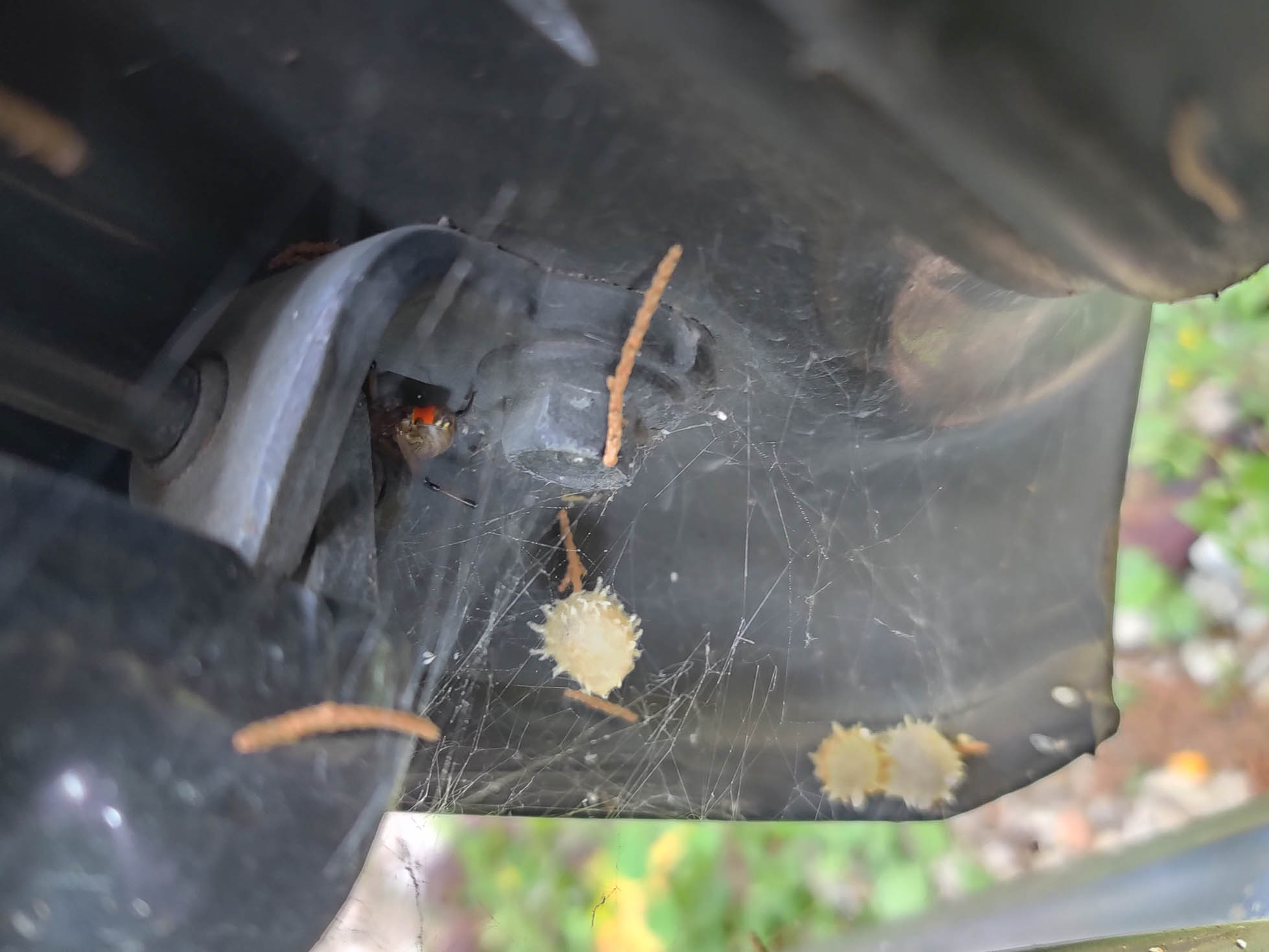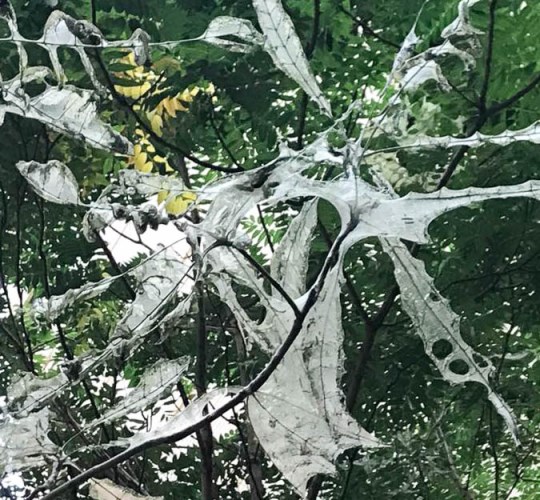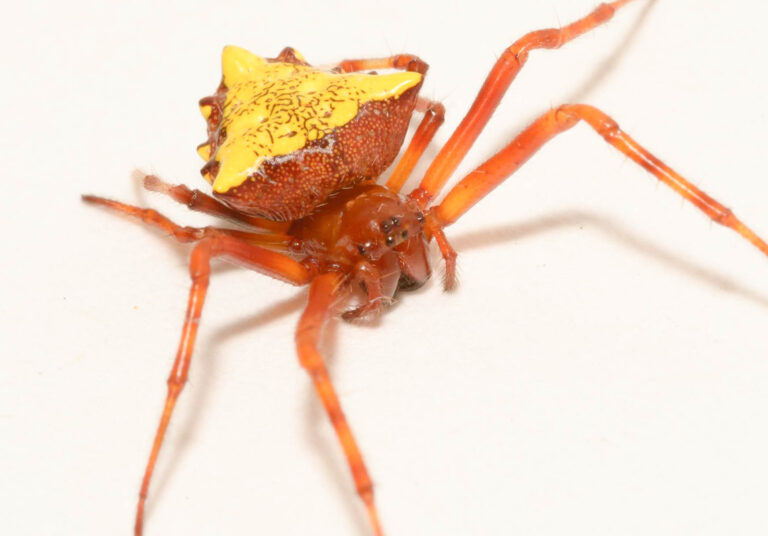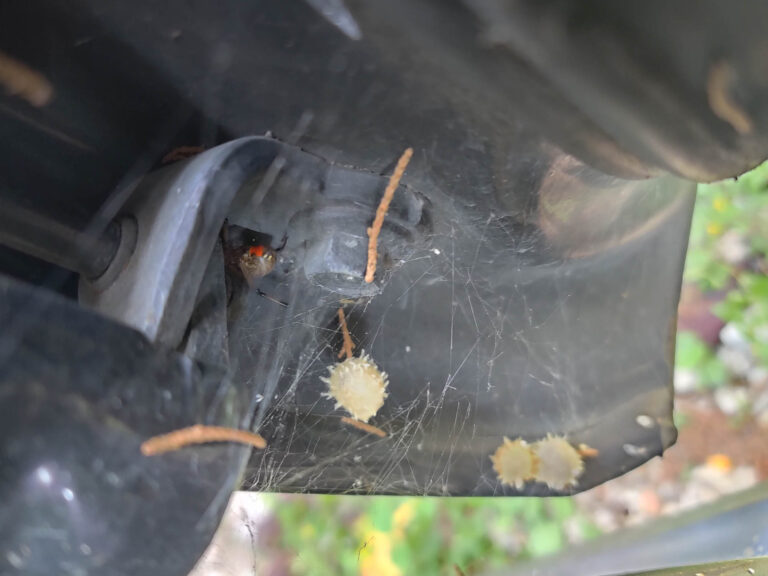Guide on spider silk
Guide on Spider Silk
Spider silk is the essential protein fiber made by spiders during web-spinning. This material serves several essential roles such as catching prey, dispersal, or protecting laid eggs. Apart from the proteins, these versatile structures also have sugars, irons, and lipids. The silk is produced in specialized spider glands. These glands include the ampullate (major and minor), flagelliform, tubuliform, aggregate gland, and the pyriform glands. The produced silk comprises of glues and single or multiple fibers.
Silk Production
For years, humans have tried to develop methods of collecting silk from the spiders by force. As is to be expected, it turns out that it’s more difficult to manipulate the silk production by the spiders than that of other silk-producing organisms like silkworms.
The spider silk plays an all-important role in determining the mating and courtship outcomes. Female spiders emit pheromones during mating. These hormones trigger the production of silk by males. A single spider is capable of producing up to seven different silk types. As these invertebrates evolve, so too has the complexity of the silk produced. Spider silks serve many different purposes. These include:

- Capturing prey
- Immobilizing a captured prey
- Useful during reproduction
- Used during dispersal and parachuting
- It’s a source of food
- It acts as a guideline
- Acts as anchor and drop lines
- Provides pheromonal trails
- Detecting alarm lines
Similarly, silk is useful to humans in different ways. Some of the ways include weaving bags and making fishing nets. As if that’s not the only use, birds use silk in connecting their materials during nest building.
Types of Spider Silks
Spider silks often exist as single fibers or structural fibers. They may also appear as silk-globules.
Mechanical Properties
The mechanical properties of the produced silks are determined by the biological role it plays on the spider. Most silk types exhibit high tensile strength and ductility (extensibility). These properties allow the webs to withstand forces without unraveling. The mechanical properties are dependent on the prevailing conditions, such as the temperature, humidity levels, or the number of light hours (photoperiod).
Typical spider silk has the same tensile strength as a high-grade steel alloy. A single fiber spider silk is strong enough to stop a Boeing 747 in mid-flight! Isn’t that amazing?
The silks undergo 50% super contraction upon contact with water.
Fiber Spinning
Spinning starts when the silk fibers pull away from the spider’s body. These arachnids use either their legs or their weight to pull out the fibers from the reservoirs. The movement of a valve determines the diameter of fibers.
Artificial Silk Synthesis
Spider silks’ artificial production is a two-step process that involves the synthesis of the unspun silk dope, or the feedstock, and synthesis of the silk spinning conditions such as the tapering duct, valve, spigot, and funnel.
Synthesizing the feedstock poses plenty of challenges in producing artificial silk. This process involves the extraction of essential proteins and other components contained in spider silks from various organisms. Today, organisms like E-Coli bacteria, silkworms, animals, and plants are commonly used to produce artificial spider silk.




